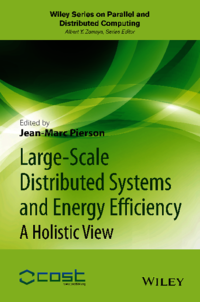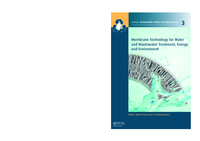Handbook of Photovoltaic Science and Engineering
74 Visitas | 73 Descargas | 2014-05-29 03:18:37 | raulito
Descripción
You are reading a book about a technology that has changed the way we think about energy. Solar electricity, also known as photovoltaics (PV), has shown since the 1970s that the human race can get a substantial portion of its electrical power without burning fossil fuels (coal, oil or natural gas) or creating nuclear fission reactions. Photovoltaics helps us avoid most of the threats associated with our present techniques of electricity production and also has many other benefits. Photovoltaics has shown that it can generate electricity for the human race for a wide range of applications, scales, climates, and geographic locations. Photovoltaics can bring electricity to a rural homemaker who lives 100 kilometers and 100 years away from the nearest electric grid connection in her country, thus allowing her family to have clean, electric lights instead of kerosene lamps, to listen to a radio, and to run a sewing machine for additional income. Or, photovoltaics can provide electricity to remote transmitter stations in the mountains allowing better communication without building a road to deliver diesel fuel for its generator. It can help a major electric utility in Los Angeles, Tokyo, or Madrid to meet its peak load on hot summer afternoons when air conditioners are working full time. It allows homes and businesses a new level of guaranteed energy availability and security, and photovoltaics has been powering satellites orbiting the Earth or flying to Mars for over 30 years.
Detalles
| Editorial: | Wiley |
| Autor(es): |
Antonio Luque and Steven Hegedus |
| ISBN: | 0-471-49196-9 |
| Año: | 2006 |
| Páginas: | 1179 |
| Lenguaje: | ingles |
| Tamaño: | 18.16 MB |
| Categoría: | Energia |
| Etiquetas: |
Otros Libros de "Energia"
Contribuir
Usted puede contribuir con Libros UCLV, es importante para nosotros su aporte..
Contribuir


